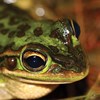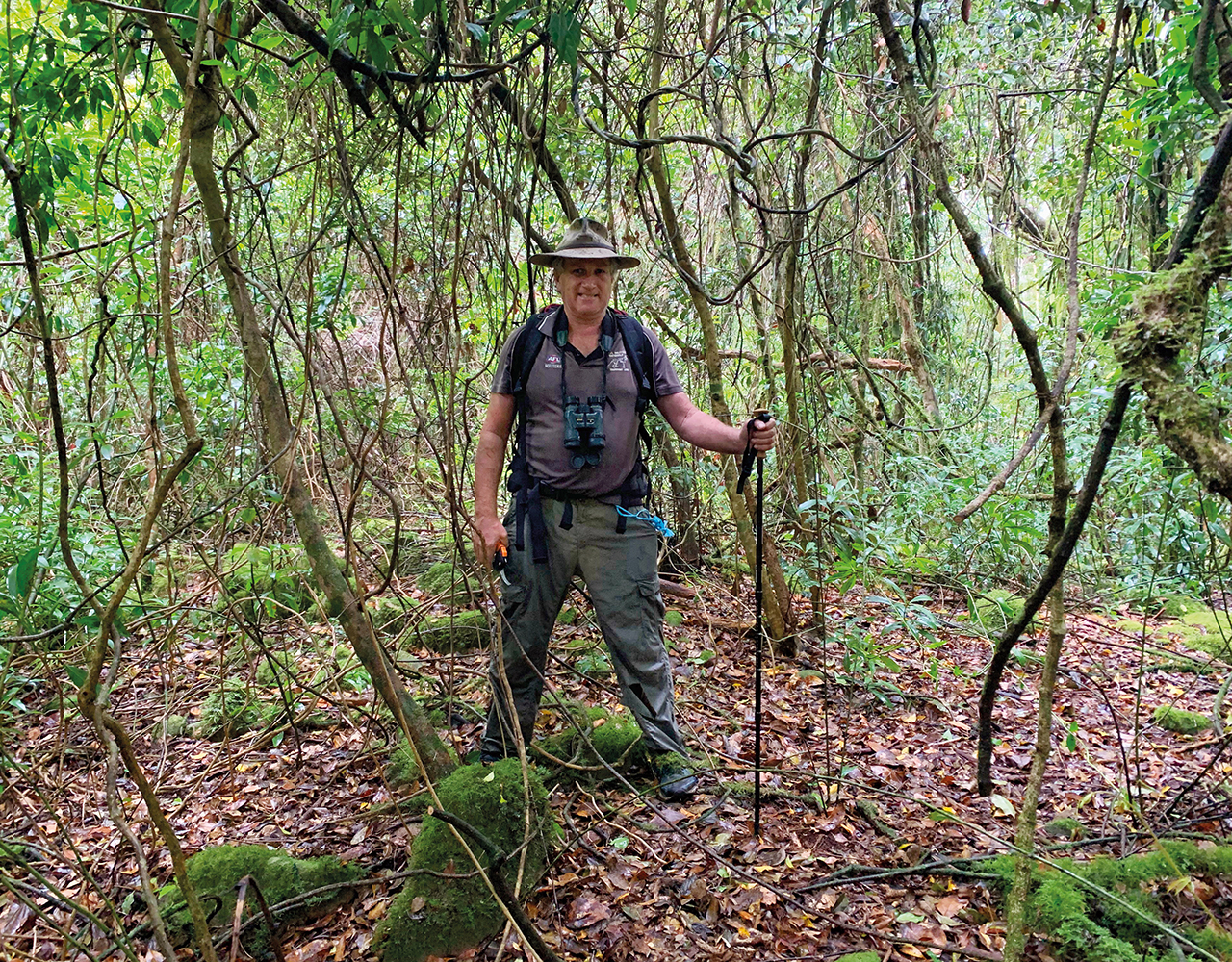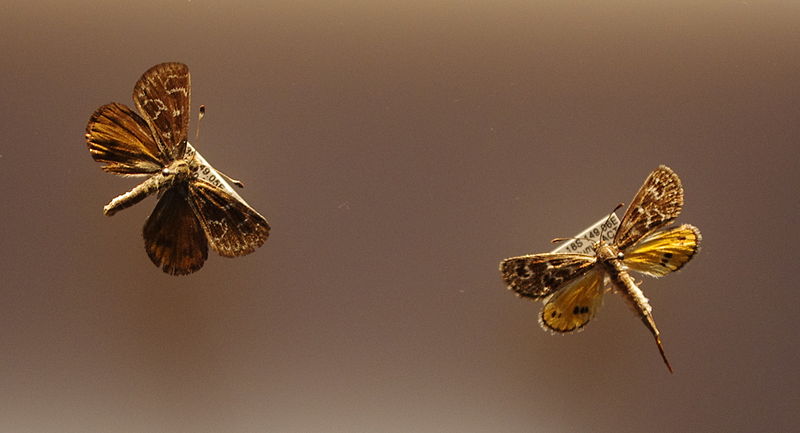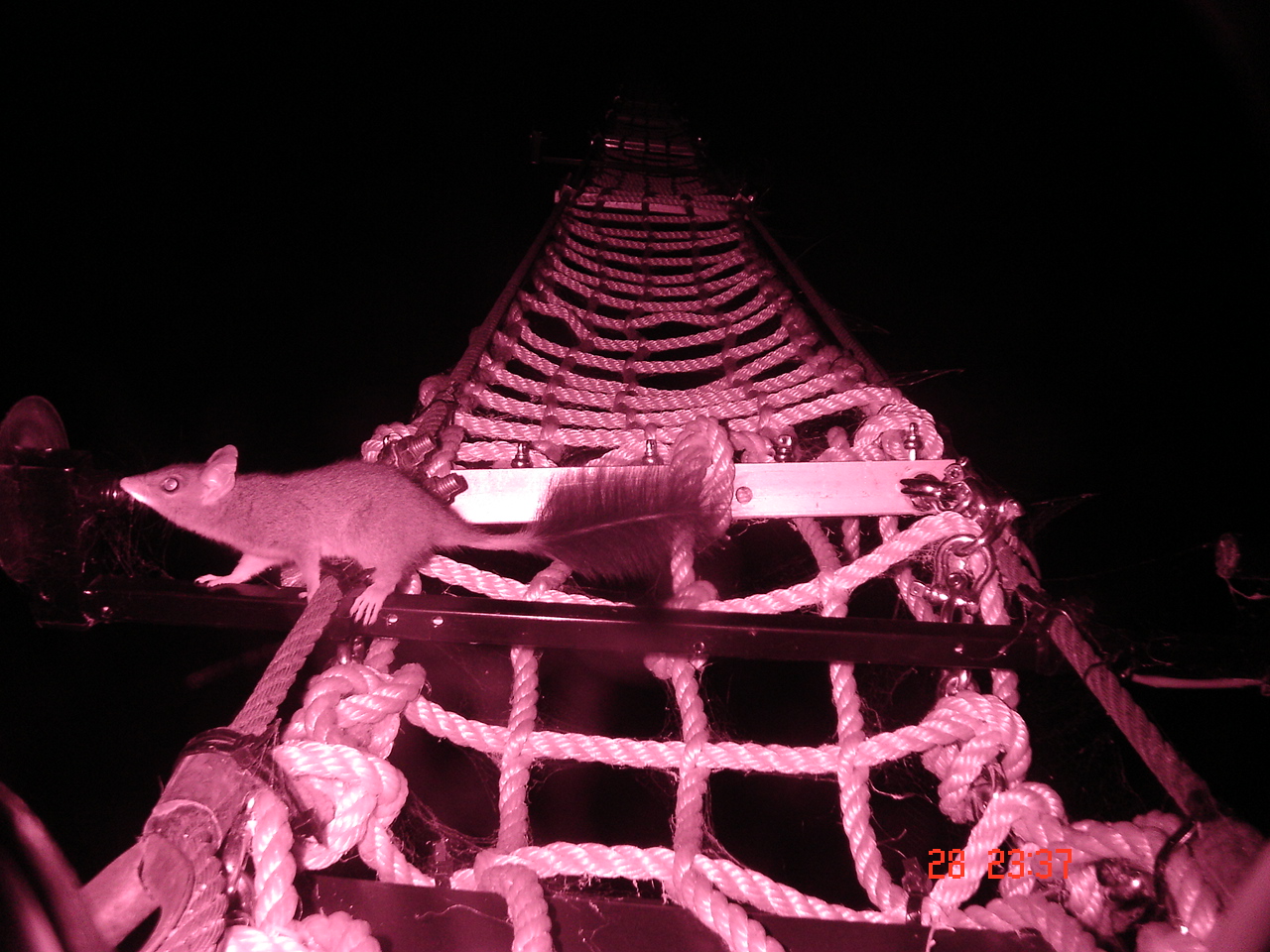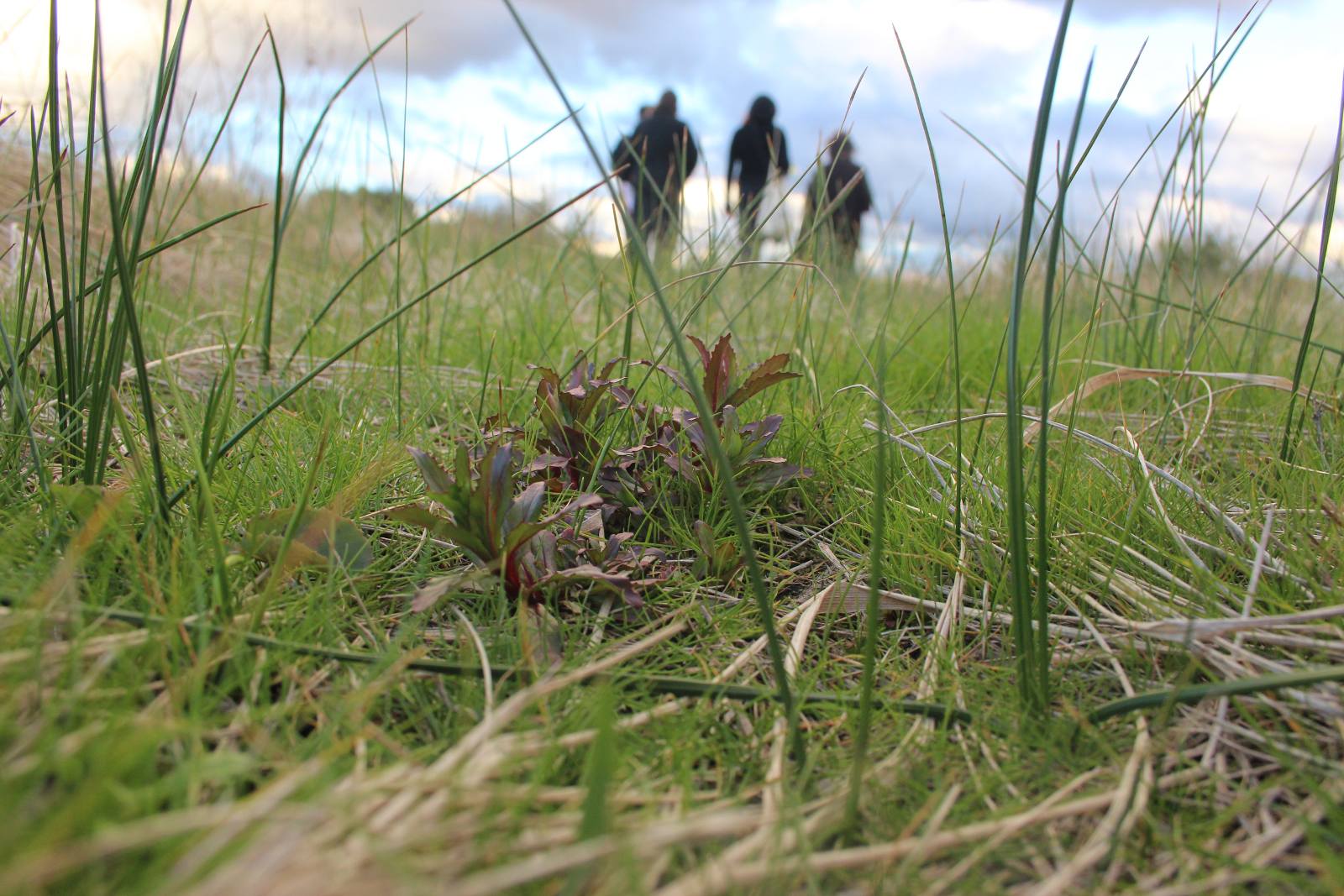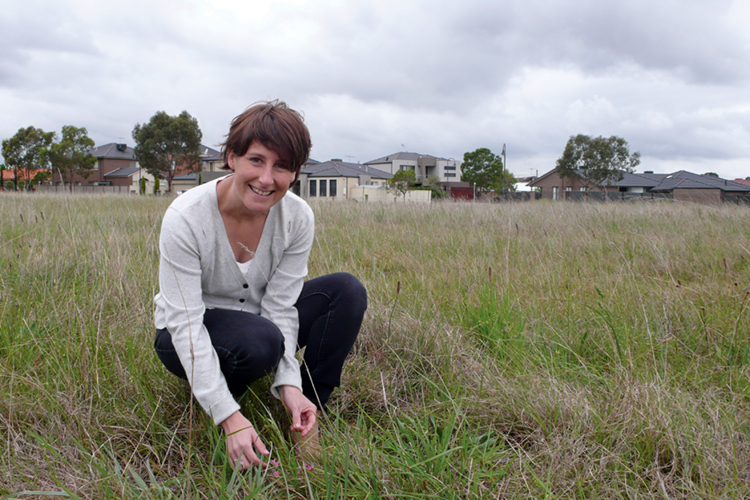
Georgia Garrard - Connecting people with biodiversity
Tuesday, 12 March 2019After undergraduate majors in Geography, Environmental Science and Botany, I did my PhD on native grasslands. I was struck by how these Critically Endangered ecosystems existing right on the edge of my city were being lost without most people even knowing about them – or understanding what amazing, superdiverse ecosystems they are. They are not the brown, dead, snake-infested paddocks of popular imagination but rather home to an abundance of incredible plants and animals (e.g., striped legless lizard, earless dragon, plains wanderer).
My PhD looked at how much effort was needed to achieve confidence that threatened grassland species present at a site would be detected in surveys. I showed that the effort typically put into environmental impact assessments at proposed development sites was nowhere near enough. Because the proponents of new developments do not necessarily want to find any threatened species on their land, it makes sense for policy to specify minimum survey effort requirements. As a consequence of my work, these requirements now inform the Significant Impact Guidelines for the spiny rice-flower (Pimelea spinescens subsp. spinescens) under the EPBC Act.
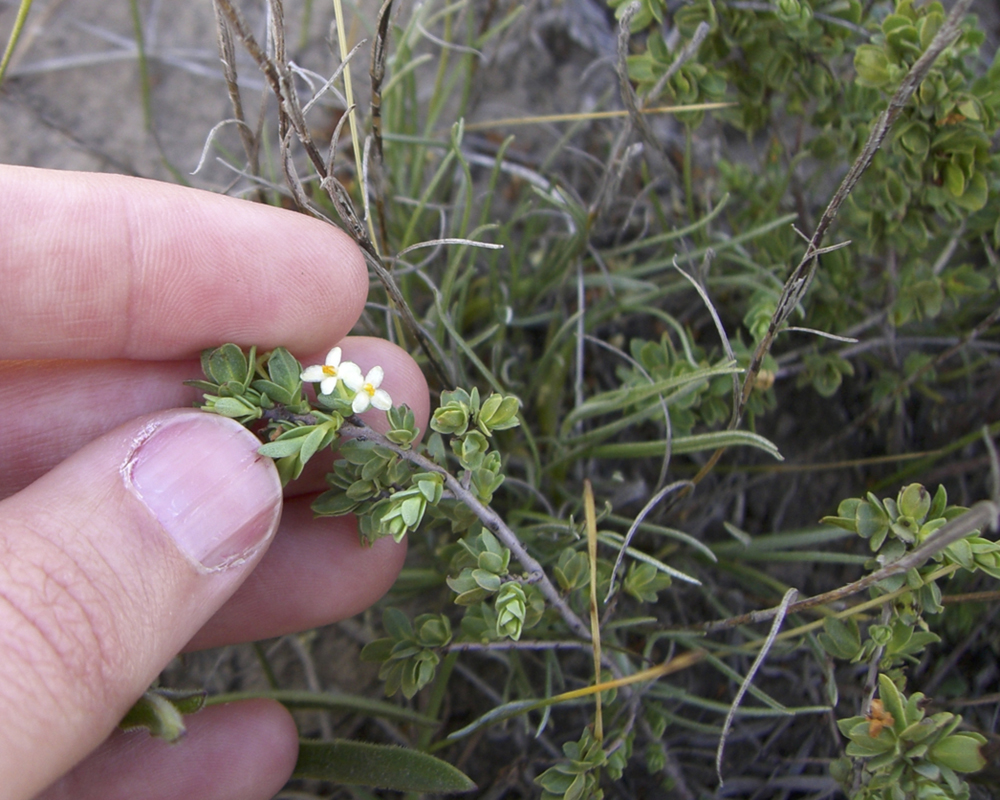
The elusive spiny rice-flower.Humans and biodiversity. Photo: Georgia Garrard
My research has increasingly focused on the human elements of conservation. Because cities are first and foremost human environments, it’s impossible to ignore people in urban conservation decisions.
But cities are also really important for conservation, and home to many of Australia’s most threatened species and ecosystems. My work on Biodiversity Sensitive Urban Design (BSUD) sought to reconcile the needs of residents, planners and developers with the requirements of native species and ecosystems to create a model for cities as places for both people and biodiversity.
There’s a lot to be said for having more diverse native vegetation around our homes. I live in Castlemaine in regional Victoria and, for me, the striking difference between Melbourne and Castlemaine is the diversity of native vegetation. People’s yards are bigger in Castlemaine and include native grasses, shrubs and trees. The birdlife is amazing – eastern spinebills, mistletoebirds, brown thornbills, silvereyes and scrub wrens are all regular visitors to our yard. More nature in cities can deliver a huge range of benefits, from cooling and reduction in the urban heat island effect to health and wellbeing benefits like reduced risk of heart disease, lower stress levels, increased social cohesion, better sleep. Emerging research has shown that many of these benefits are improved when that nature is biodiverse.
Fostering engagement
My work with the hub focuses on understanding why people may not be engaging with threatened species and biodiversity conservation and how best to (re)engage them. There’s many reasons for disengagement. For some, the sense of loss and hopelessness can be overwhelming and disempowering. For others, the links between biodiversity and our own lives (and therefore the things that we can do to improve biodiversity) are not clear. Many people are time-poor, and this is where the everyday, incidental contact with nature that we aim to achieve with BSUD becomes so important.

The elusive spiny rice-flower.Humans and biodiversity. Photo: Georgia Garrard
My research has increasingly focused on the human elements of conservation. Because cities are first and foremost human environments, it’s impossible to ignore people in urban conservation decisions.
But cities are also really important for conservation, and home to many of Australia’s most threatened species and ecosystems. My work on Biodiversity Sensitive Urban Design (BSUD) sought to reconcile the needs of residents, planners and developers with the requirements of native species and ecosystems to create a model for cities as places for both people and biodiversity.
There’s a lot to be said for having more diverse native vegetation around our homes. I live in Castlemaine in regional Victoria and, for me, the striking difference between Melbourne and Castlemaine is the diversity of native vegetation. People’s yards are bigger in Castlemaine and include native grasses, shrubs and trees. The birdlife is amazing – eastern spinebills, mistletoebirds, brown thornbills, silvereyes and scrub wrens are all regular visitors to our yard. More nature in cities can deliver a huge range of benefits, from cooling and reduction in the urban heat island effect to health and wellbeing benefits like reduced risk of heart disease, lower stress levels, increased social cohesion, better sleep. Emerging research has shown that many of these benefits are improved when that nature is biodiverse.
Fostering engagement
My work with the hub focuses on understanding why people may not be engaging with threatened species and biodiversity conservation and how best to (re)engage them. There’s many reasons for disengagement. For some, the sense of loss and hopelessness can be overwhelming and disempowering. For others, the links between biodiversity and our own lives (and therefore the things that we can do to improve biodiversity) are not clear. Many people are time-poor, and this is where the everyday, incidental contact with nature that we aim to achieve with BSUD becomes so important.
Top image: Georgia Garrard. Image: Georgia Garrard
